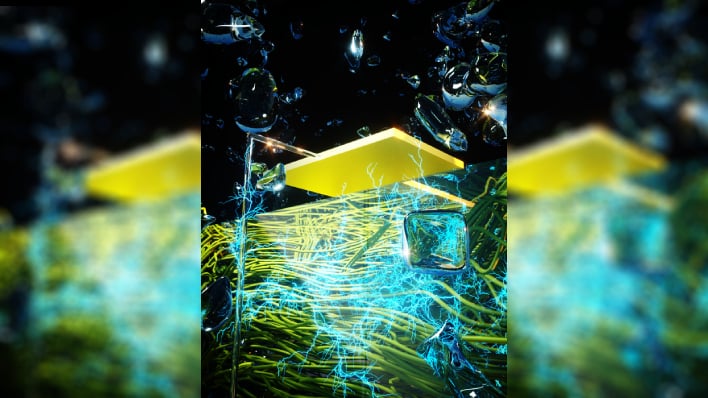Scientists Devise A Way To Harvest Energy Out Of Thin Air And It Changes Everything

The secret to the method, which would impress even Nikola Tesla, is the capability of peppering a material with nanopores less than 100 nanometers in diameter, according to the new study. While the project is not quite ready for practical applications, the researchers say that it does solve some of the limitations of other harvesters.
"This is very exciting," exclaimed Xiaomeng Liu, a graduate student in electrical and computer engineering at UMass Amherst's College of Engineering and the paper's lead author. "We are opening up a wide door for harvesting clean electricity from thin air."

"The air contains an enormous amount of electricity," explained Jun Yao, assistant professor of electrical and computer engineering in the College of Engineering at UMass, and the paper's senior author. "Think of a cloud, which is nothing more than a mass of water droplets. Each of these droplets contains a charge, and when conditions are right, the cloud can produce a lightning bolt, but we don't know how to reliably capture electricity from lightning." He continued, "What we've done is to create a human-built, small-scale cloud that produces electricity for us predictably and continuously so that we can harvest it."
Yao added that while the idea is simple, it had never been discovered before and opens all sorts of possibilities. The researcher's next step is to test the devices in varying environments, as well as begin to scale them up in size. The study can be viewed in full via the online publication Advanced Materials.
Top Image Credit: Derek Lovely/Ella Maru Studio

